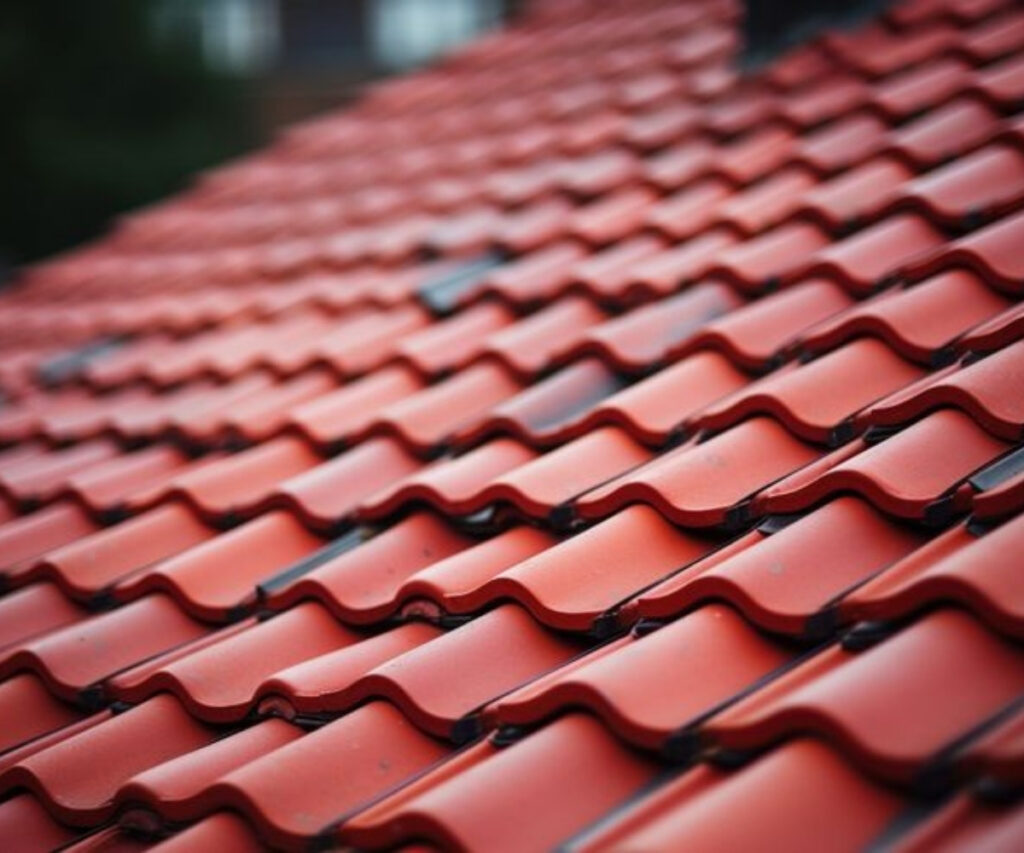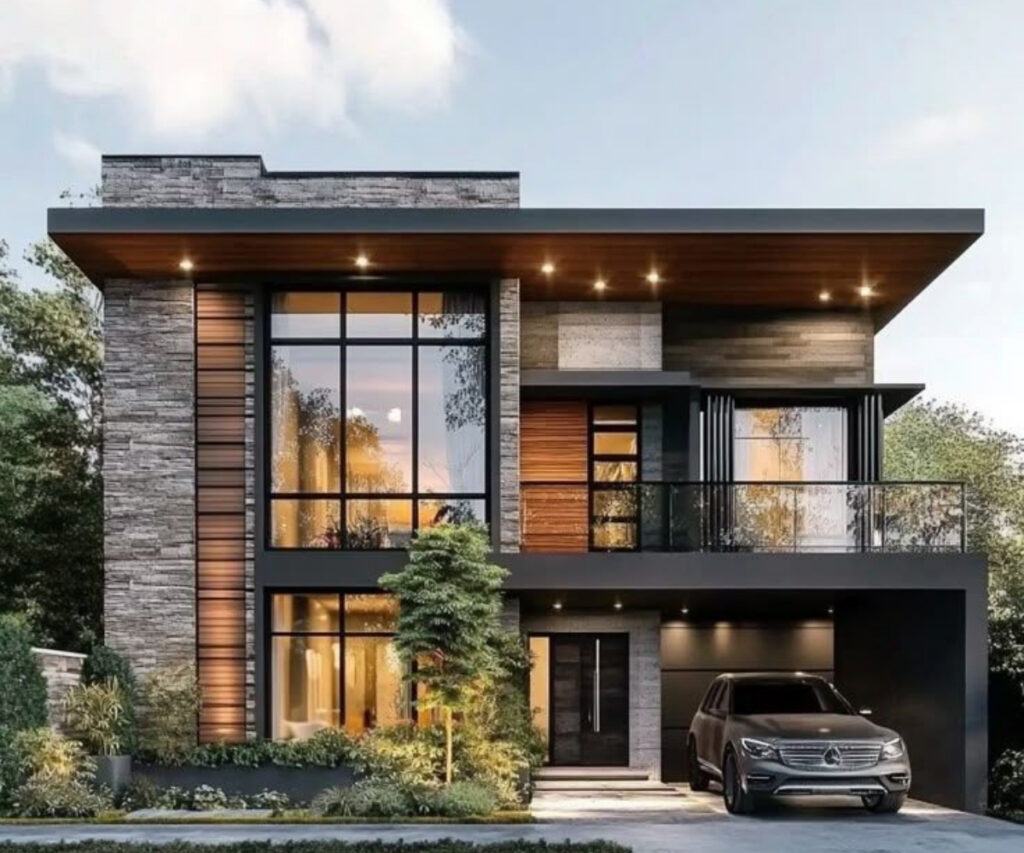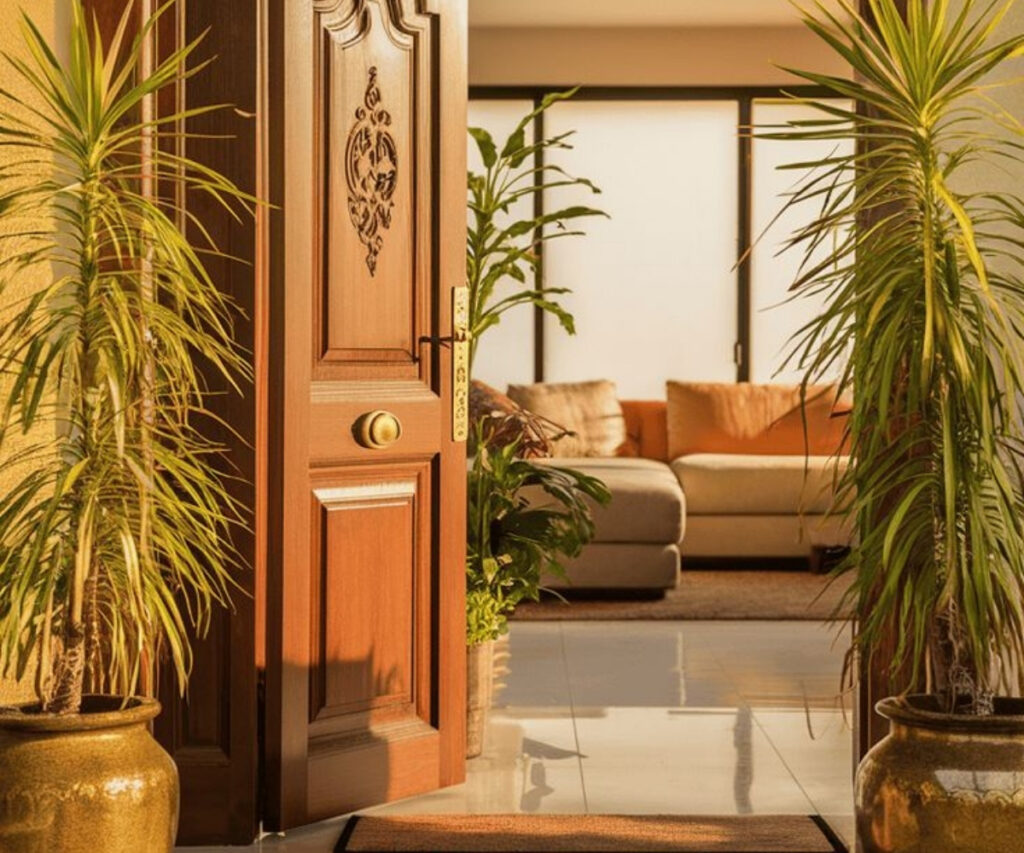Top Roofing Materials for Indian Homes: A Complete Guide for Durability, Climate & Cost
Choosing the Right Roof: A Key to Comfort and Longevity in Indian Homes Selecting the right roofing material is one of the most important decisions in home construction. It not only affects the home’s durability and comfort but also plays a key role in energy efficiency and aesthetics. In a country like India—where climate, lifestyle, and architecture vary drastically from region to region—it’s essential to choose roofing that meets both functional and design needs. This guide covers key factors to help you make the right choice when selecting roofing materials for your home. 1. Match Roofing Materials to Your Local Climate India’s diverse geography demands region-specific roofing solutions. In coastal zones with high humidity and heavy rain, materials such as concrete tiles, clay tiles, or metal sheets with anti-corrosive coatings perform well, resisting water damage and rust. In hot and dry areas like Rajasthan or Gujarat, opt for heat-reflective roofs like terracotta tiles or materials with cool roof coatings to reduce indoor temperatures. Meanwhile, homes in colder northern regions benefit from insulated roofing like asphalt shingles or slate tiles to protect against snow and frost. 2. Prioritise Durability and Lifespan Durability is a major factor in reducing long-term maintenance and replacement costs. Metal roofing (such as galvanised steel or coated aluminium) can last over 40–50 years with minimal upkeep. Similarly, concrete and clay tiles are highly durable, often lasting up to a century when installed properly. These materials are particularly valuable in areas with extreme weather conditions, offering resilience against wear and tear. 3. Choose Energy-Efficient Options The right roofing material can help you cut down on electricity bills. Heat-reflective roofs like metal sheets with special coatings or solar-reflective membranes reduce heat absorption, lowering cooling costs in hot climates. Green roofs—though less common—offer excellent insulation and support environmental sustainability by reducing urban heat and improving air quality. 4. Consider Aesthetics and Style The roof contributes significantly to your home’s curb appeal. For a rustic or traditional look, especially in southern and coastal India, clay or terracotta tiles work beautifully. Metal roofs, on the other hand, suit modern architecture and are available in a variety of finishes and colours. For homes aiming for a high-end or heritage feel, slate and stone tiles offer a premium appearance with natural texture and charm. 5. Evaluate Maintenance Needs and Cost The cost of roofing materials isn’t just about the upfront expense. Consider long-term maintenance and repair needs. While metal roofing may have a higher initial cost, it usually demands less maintenance. Clay and concrete tiles may occasionally need repairs but offer great value over time due to their longevity. For budget-conscious homeowners, asphalt shingles can be an affordable option, though they may require more frequent replacements. 6. Ensure Resistance to Environmental Factors Roofing must also withstand external stressors like pollution, salinity, and high winds. In industrial or coastal areas, go for materials with strong resistance to corrosion and chemical exposure, such as FRP panels, PVC roofs, or coated metal sheets. Anti-corrosive roofing is especially beneficial in salt-laden coastal air and high-wind zones. Conclusion Choosing the right roofing material is a vital part of building a strong, comfortable, and beautiful home. From climate to cost and design preferences, each factor plays a role in selecting the most suitable option. With a well-informed decision, you can ensure that your roof not only protects but also enhances the value and aesthetics of your home for years to come.




